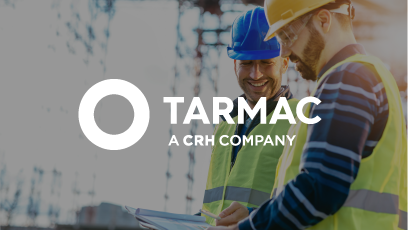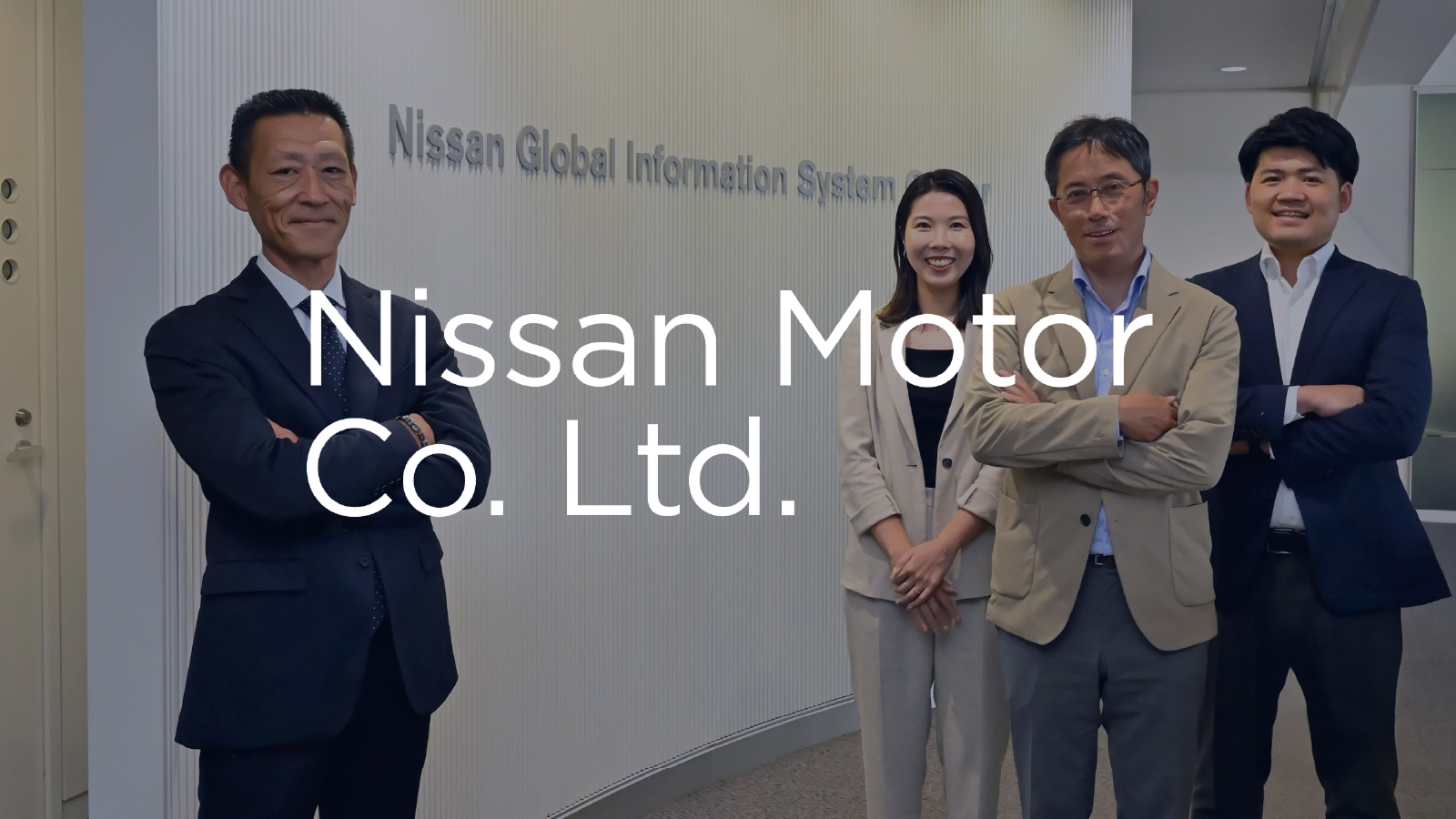The legendary luxury automaker JLR, house of Range Rover, Defender, Discovery, and Jaguar brands, is headquartered in Great Britain, but its operations span the globe. While this worldwide presence enables more people to experience the thrill and luxury of JLR’s vehicles, it creates a challenge for company leaders who must manage the business with a worldwide view while giving each region the flexibility to address its local business conditions.
“We have five regions,” explains Matthew Dickerson, JLR’s Head of Anaplan Center of Excellence. “Historically, they all had a different way of working, and we had to be cognizant of these different ways, but also own a central governance. We wanted to be in a position to make better-informed decisions so we could drive the company forward.”
One source of planning truth globally
As part of a corporate digital transformation initiative, JLR chose Anaplan as its platform for centralized and flexible planning. The roll-out began in global demand and supply planning, spurred by a legacy system that would soon come to end of life. That first Anaplan supply chain solution was delivered on time and on budget.
Bolstered by its initial success, the company implemented Anaplan for sales and operations planning (S&OP), CO2 compliance, sales forecasting, revenue planning, and workforce planning. They then created additional Anaplan solutions to support pricing and promotions, a retailer scorecard, and fixed and variable marketing expenditures with marketing performance management. In all, JLR runs an Anaplan environment of more than a dozen models, and there is more to come.
Google Cloud hosts the data that feeds a single global data repository shared by the multiple Anaplan solutions. “This made life very easy for us, as we had one source of truth,” Dickerson says.
Better outcomes for the company and its employees
“With the implementation of Anaplan, we have seen some tangible benefits,” Dickerson says. “One of them is around forecast accuracy, where we've been able to increase our short-term forecast accuracy to 90%+.” Also, JLR’s planners save countless hours by using Anaplan.
Dickerson cites one example: “As part of our legacy system, we used to have to cycle-roll from one month to the next,” he recalls. “This process could take 24 to 48 hours. With Anaplan, that process now takes half an hour.” In another example, one allocation process that formerly took one to two days is now complete almost instantly. “We do a better process that takes minutes using Anaplan Optimizer,” Dickerson notes.
Prior to having Anaplan, JLR planners worked long hours and weekends, and Dickerson estimates that planners spent 80% of their time planning and only 20% analyzing the data for opportunities to improve outcomes. “Now it’s the other way around,” he says. “We have 20% planning. The rest is analyzing scenarios and then putting those in front of the right people. This has led to our planners having a much better work-life balance.”
Upcoming efforts to automate planning processes at JLR using PlanIQ are expected to deliver even greater improvements while keeping the company on the road to central governance across its five regions.
“The thing I’m most proud about through the implementation of Anaplan is how much people have seen the true value when it's been implemented,” Dickerson concludes. “We haven’t pushed this. It's very much grown organically. People [are] generally blown away by how simple the system is, but the huge benefits that can give back to them.”






